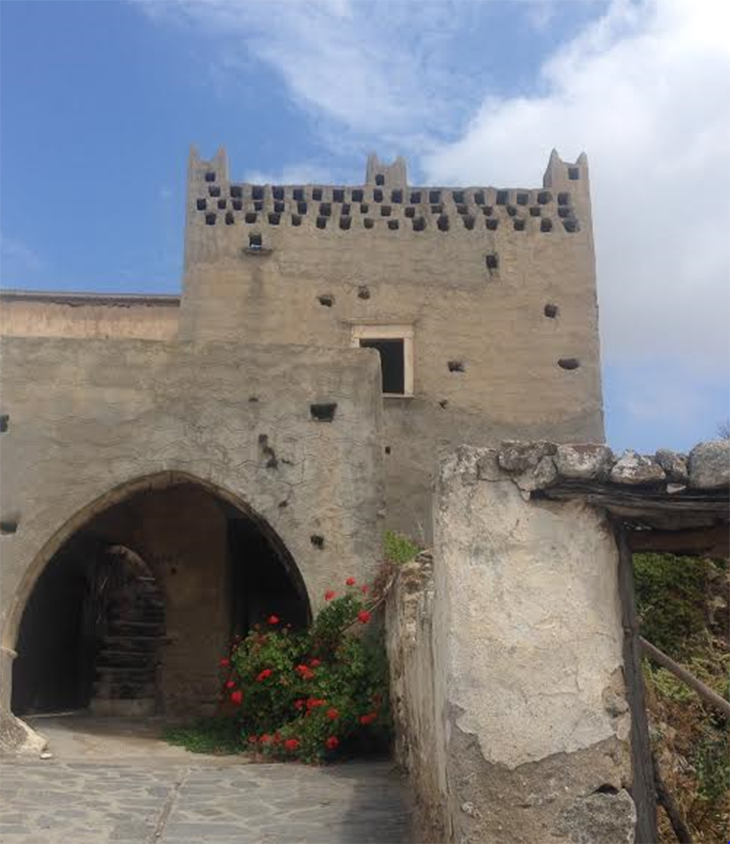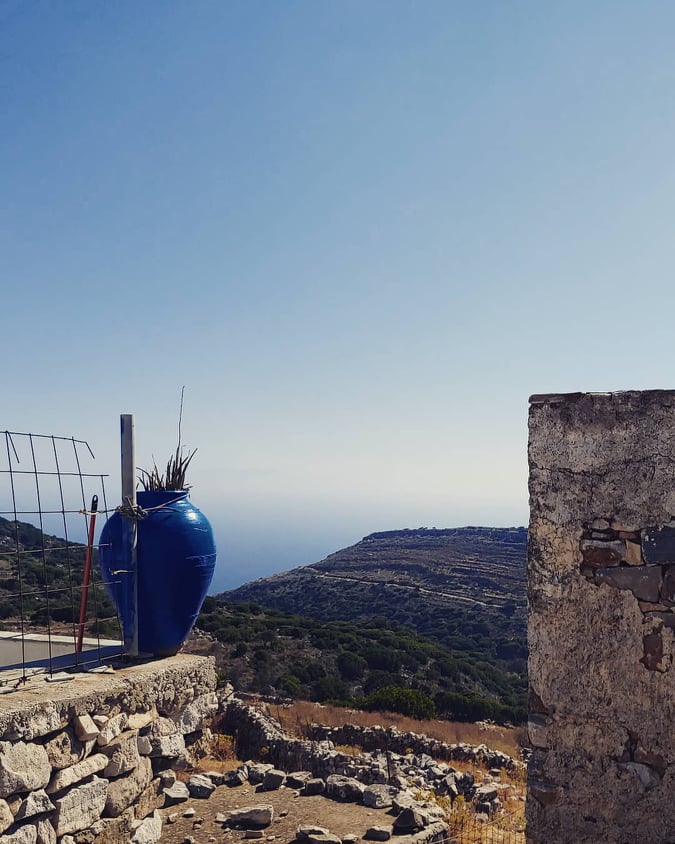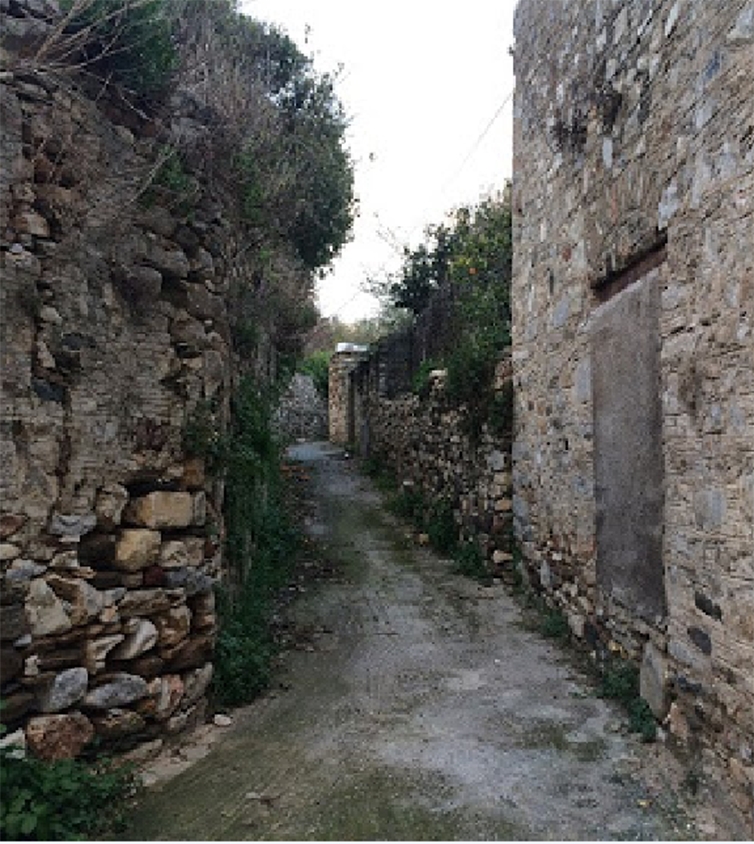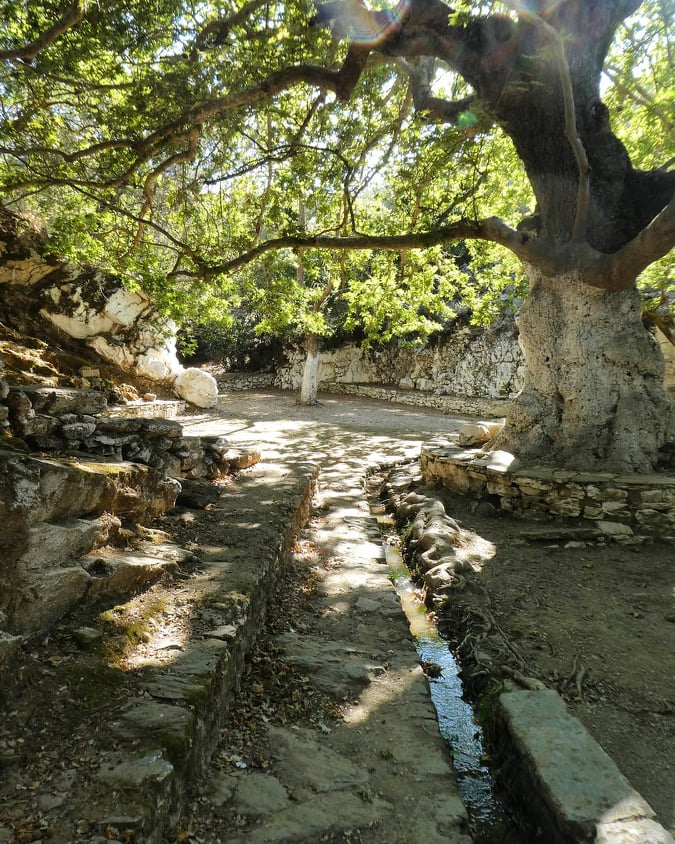Favorite
Kourounochori is a small village with a big history situated in the lowlands of Naxos in the centre of the valley of Melanes just 8 km from the town of Naxos (Chora). A fertile area, the spring of Flerio supplies water to the whole area, and most of the inhabitants are involved in agriculture. Archaeologically rich, there is much to Read more...
Favorite
Aghios Arsenios, or Agersani as the locals call it, is a charming traditional village and one of the biggest villages on the island. It is located in the fertile valley of Livadi, eight kilometres south of Naxos town (Chora). This area is best known for the renowned Naxion potatoes grown here. Many of the locals are involved in cattle farming Read more...
Favorite
Messi or Mesi is a small quaint village in the north-eastern area of the island situated 43km from Chora (Naxos town) on the main road between Skado and Apollonas. This picturesque traditional village has approximately 100 inhabitants most of whom are emery miners. On the way from Messi towards the village of Apollonas you find the summit of Kalogeros (Greek Read more...
Favorite
Akadimi is a small mountain village located near Halki. The village boasts the tower of Makropolitis, an impressive and imposing building which was built by an Orthodox Naxian and not by the Venetians like most other towers on the island. The small picturesque houses of the village have large gardens and their own wells. A handful of renowned Greeks who Read more...
Favorite
Built amphitheatrically at the foot of Mount Zas, the picturesque village of Danakos is situated deep in a gorge at the foot of Mt. Zas on Naxos’s eastern side. It is one of the island’s oldest settlements with references by Homer and ancient historians Thucydides and Polybius, but also attested by the numerous remains of an ancient cemetery, wells and Read more...
Favorite
One of the oldest villages of the island, located just 8 km from the port of Naxos, Melanes is built in amphitheatric fashion on the slope of a hill overlooking a fertile valley of the same name. According to mythology, the name of the village (which refers to the black colour) is derived from the locals’ mourning the killing of Read more...





